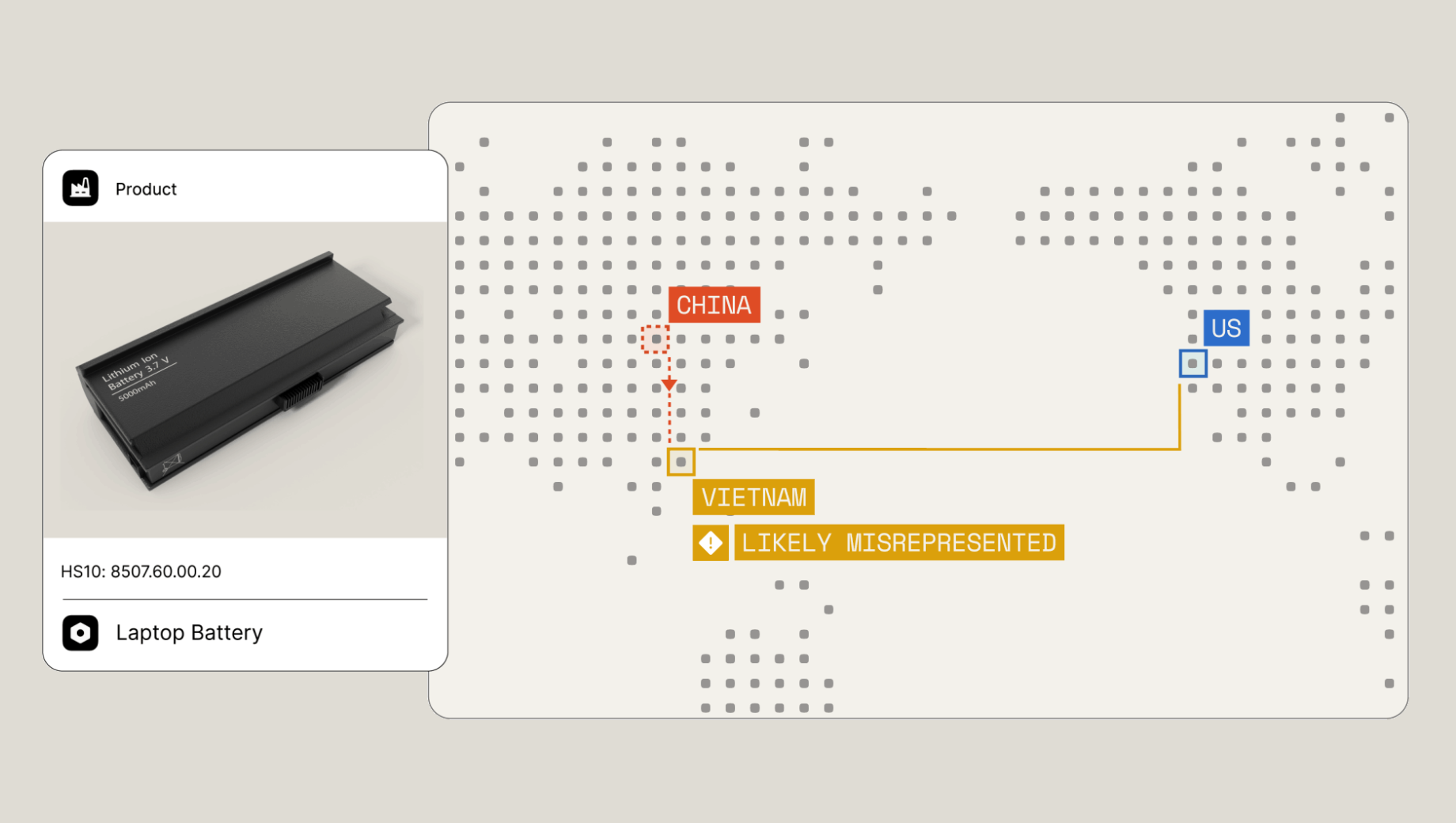Increasing supply chain complexity, volatility, and uncertainty are accelerating portfolio losses at the same time that they are driving demand for supply chain-related insurance.
Insurers are exposed to supply chain risks across their property portfolios and other primary lines (such as cyber) through addendums to these policies providing sub-limits for business interruption (BI), contingent business interruption (CBI), or trade disruption insurance (TDI).
These same policies are provided on a standalone basis when clients seek outright supply chain insurance covers. Despite the massive exposures to supply chain risks across their portfolios, and growing demand from clients for outright supply chain risk transfer products, there is currently no scalable technical underwriting of risk for global supply chain networks.
Without supplier network visibility, insurers have no real ability to quantify and price supply chain network risk, and therefore manage risk by limiting coverage for individual clients. However, unknown risks can quickly accumulate when insurers cover the same suppliers across multiple insureds’ interconnected supply chain networks.
As a result, capacity for supply chain-related insurance is shrinking – even while the demand for it is skyrocketing. Business Interruption (BI) is the number one unmet demand in the insurance market.
It is now possible to gain the multi-tier value chain visibility required to quantify and price supplier network risk, and to meet growing demand for coverage against supply chain disruptions.
Until now, the multi-tier value chain visibility and modeling to understand and quantify supply chain network risk has been all but impossible, given its scale and complexity.
Unexpected disasters further heighten the risks of the status quo. As supply chain pressures and disruptions increase – whether from geopolitics, extreme weather, or simple accidents – the risk of excess exposure grows with it.
But now, advances in artificial intelligence have unlocked the potential for a fundamental change in how insurers underwrite supply chain risks, enabling insurers to better select and price supply chain risks, to understand and manage aggregate risk exposure across a portfolio, and to capture the unmet demand for insurance against supply chain disruptions.

Altana, the world’s first Value Chain Management System, unlocks supply chain insurance by giving insurers and reinsurers the power to understand and measure risk across their customers’ supply chain networks.
See across value chains and into supplier networks, with dynamic updates and quantified metrics to help you identify, understand, and better underwrite supply chain-related risks across your portfolios.
Focus on areas of exposure specific to your policies across your portfolio, with AI models, quantified risk exposures, and supply chain loss modeling that help to highlight existing risks like supplier concentrations and quantify potential risks through simulated disruptions. Define strategic objectives and underwriting policies based on risk appetite. Accurately underwrite based on the marginal impacts an insured has on your portfolio.
Act in collaboration with clients and brokers from a shared source of truth to define coverage and better meet market demand and satisfy customers. Construct more profitable portfolios with better risk selection and pricing based on the risk profile of your customers. Better retain or transfer risk through reinsurance by analyzing risk accumulations across your portfolio.
Learn More With This PDF


